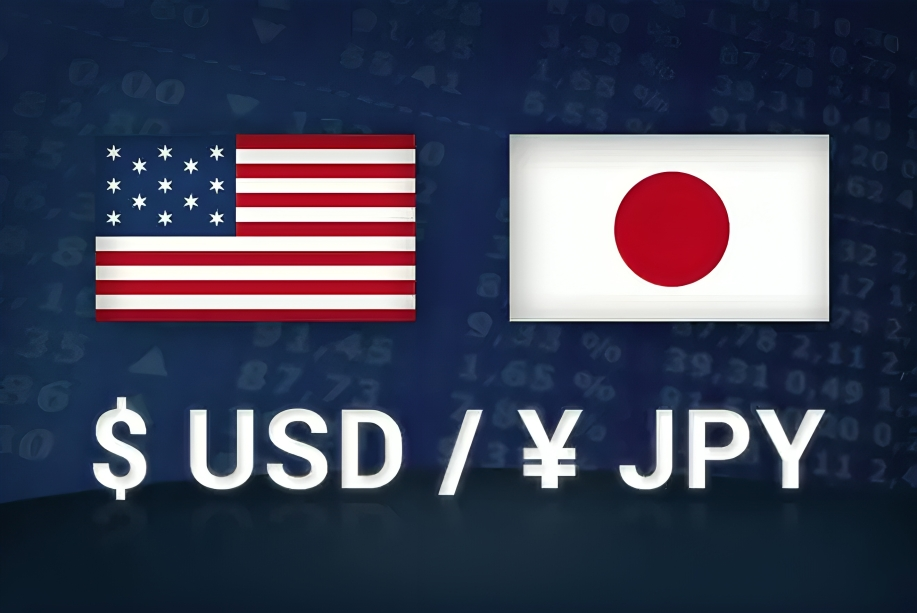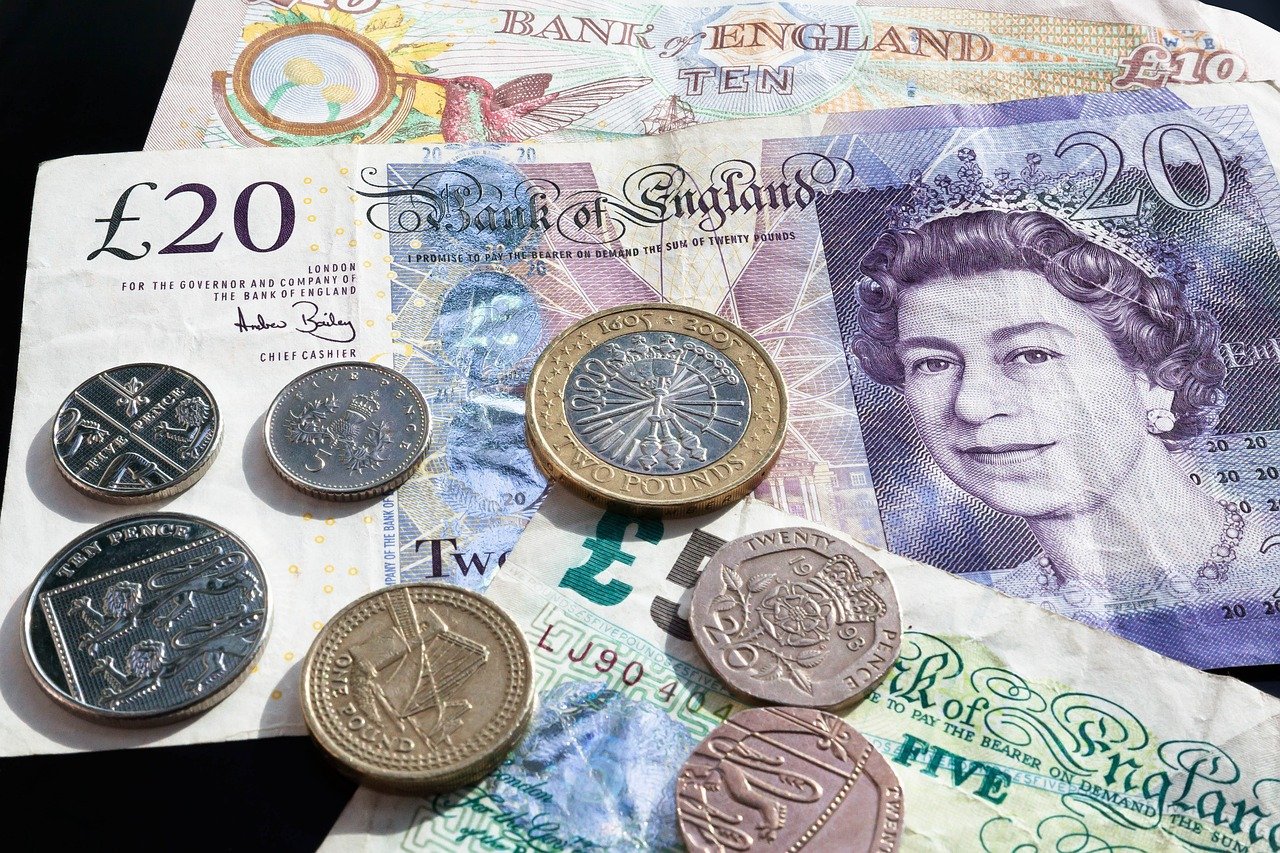EURUSD Recovers from Multi-Month Low Approaches 1.0800 Ahead of Flash PMIs
The EUR/USD pair witnessed a modest recovery during Thursday’s Asian trading session, gaining traction after a three-day losing streak that pushed the pair to its lowest level since early July. Amid a slight pullback in the US Dollar (USD), the Euro managed to climb closer to the 1.0800 mark. However, the overall market sentiment remains cautious, especially for bullish traders, given the current fundamental backdrop.
EUR/USD Recovery Amid USD Weakness
The EUR/USD pair has been under pressure in recent weeks, largely due to the strength of the US Dollar, which has benefited from rising US Treasury yields. On Wednesday, the pair touched its lowest point in months at 1.0760. However, Thursday’s session saw a modest rebound as the USD faced a slight downturn. This pullback in the USD was triggered by profit-taking, following a strong rally in US Treasury bond yields, which had reached their highest levels since late July.
US Treasury Yields and Their Impact on USD
US Treasury yields have been on the rise, driven by market expectations of a steady economic outlook and uncertainty surrounding the US Presidential election scheduled for November 5. This had strengthened the USD in recent weeks. However, the recent retreat in yields has led to some profit-taking on the USD, offering temporary relief for the EUR/USD pair. Despite this, the overall trend for the Greenback remains bullish due to expectations of modest rate cuts by the Federal Reserve (Fed), which continues to drive safe-haven flows into the USD.
Fed Rate Cut Expectations Limit EUR/USD Gains
The Federal Reserve’s monetary policy has been a key driver of the USD’s strength. Market participants widely believe that the Fed will proceed with a cautious approach toward rate cuts. The central bank is expected to reduce interest rates gradually to ensure economic stability without triggering inflationary pressures. This expectation of a “less aggressive” policy easing by the Fed has provided some support to the USD, limiting its downside.
Caution in EUR/USD Amid Dovish ECB Outlook
On the other hand, the Euro remains weighed down by dovish signals from the European Central Bank (ECB). The central bank is facing growing pressure to introduce further policy easing to combat sluggish inflation and economic growth in the Eurozone. The annual inflation rate in the Eurozone dropped to 1.7% in September, falling below the ECB’s 2% target for the first time since June 2021. This has reinforced the view that the ECB’s disinflationary measures are working, but it also increases the likelihood of additional rate cuts.
ECB Officials Signal Possible Rate Cut in December
Several ECB officials have recently hinted at the possibility of a significant rate cut in December. ECB member Mario Centeno highlighted that downside risks are dominating both growth and inflation, suggesting that a 50 basis points (bps) rate cut could be on the table. ECB’s Bostjan Vasle also pointed out that recent economic data presents risks that could delay the expected improvement in the Eurozone’s growth outlook.
These dovish signals have tempered any aggressive bullish sentiment for the EUR/USD pair, as traders remain wary of the potential for further ECB policy easing. The prospect of a significant rate cut in December, combined with weak inflation data, is likely to keep a lid on any meaningful appreciation for the Euro.
Flash PMI Releases: Key Focus for Traders
Looking ahead, market participants are eagerly awaiting the release of the flash Purchasing Managers’ Index (PMI) data from both the Eurozone and the US. These PMI prints will provide crucial insights into the health of the global economy, particularly in the manufacturing and services sectors, and could influence broader risk sentiment.
Eurozone PMI Data
The Eurozone’s PMI figures will be closely watched, as they will offer a glimpse into the region’s economic performance amid a challenging macroeconomic environment. Weak PMI data could further reinforce expectations of additional ECB easing, putting downward pressure on the Euro. Conversely, stronger-than-expected PMI readings could offer some support to the shared currency.
US PMI Data and Its Influence on USD
Similarly, the US PMI data will play a pivotal role in shaping the outlook for the USD. Strong PMI figures could bolster expectations of continued economic resilience in the US, reinforcing the Fed’s cautious approach to rate cuts. This could provide further support for the USD, limiting the upside potential for EUR/USD. On the other hand, weaker-than-expected US PMI data could trigger a deeper pullback in the USD, offering the Euro some room to appreciate.
Broader Market Sentiment and Risk Factors
Beyond the PMI releases, broader market sentiment will also be influenced by several other factors, including US bond yields and geopolitical events. The ongoing nervousness surrounding the upcoming US Presidential election on November 5 is likely to keep investors cautious, favoring the USD as a safe-haven asset.
Additionally, any surprises in US bond yield movements could provide fresh impetus for the USD, directly impacting the EUR/USD pair’s trajectory. For now, however, the fundamental backdrop suggests that the path of least resistance for the EUR/USD pair remains to the downside, as the USD continues to benefit from safe-haven demand and the prospect of modest Fed rate cuts.
Cautious Optimism for EUR/USD Bulls
While the EUR/USD pair has recovered from its recent multi-month lows, the outlook for the pair remains clouded by several risk factors. The modest pullback in the USD offers temporary relief for the Euro, but the fundamental backdrop—including dovish ECB signals and expectations of further rate cuts—suggests limited upside potential. Traders should remain cautious, particularly ahead of the flash PMI releases, which could provide fresh direction for the pair. Ultimately, the broader trend for EUR/USD appears to favor the USD, with the Euro facing headwinds from weaker economic data and ECB policy easing.







